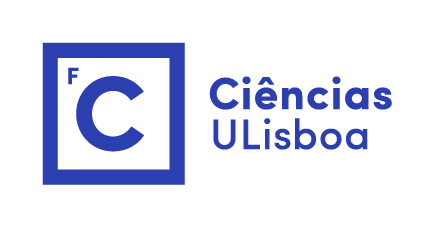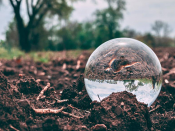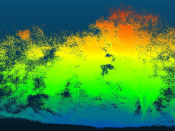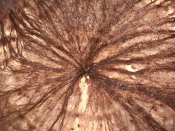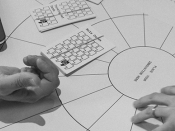Seminário no âmbito do Mestrado em Bioestatística, por Marília Antunes (CEAUL/DEIO – Universidade Lisboa).
Dengue fever is an infectious disease carried by Aedes mosquitoes caused by four types of dengue virus and it is found mostly during and shortly after the rainy season in tropical and subtropical areas predominantly in urban and semi-urban areas. Aedes mosquitoes are particularly successful at spreading Dengue because they feed almost exclusively on humans, are active during the day, and have preference for urban areas, where they breed in any container holding water, like planters or waste tires. The spread of dengue disease is sensitive to weather. Indeed, it is known that the biological characteristic of Aedes mosquito is directly influenced by the temperature and the amount of rainfall. Dengue is expanding: in 2009, dengue appeared for the first time in Cape Verde, Africa, and in 2012 it appeared for the first time in Madeira. It is important to be able to detect an eminent outbreak of an epidemic and its duration. Health authorities define an outbreak of a dengue epidemic as the occurrence of more than 5 cases per week per100000 inhabitants.
The objective of this work is to detect the outbreak of the disease using a non-homogeneous Markov spatial temporal model for the series of weekly reported cases of dengue from 2004 to 2009 in the 121 sectors of the city of Coronel Fabriciano - Minas Gerais, using as covariates weekly maximum temperature and total precipitation as well as some socio-demographic covariates that characterize the sectors, which are determinant to the presence of mosquitoes and hence influence the occurrence and spread of the disease.
This is a joint work with Antónia Amaral Turkman(1), Kamil Feridun Turkman(1), Marcos Horta(2) and Cristina Catita(2).
(1) CEAUL and DEIO, University of Lisbon
(2) IDL and DEGGE, University of Lisbon

